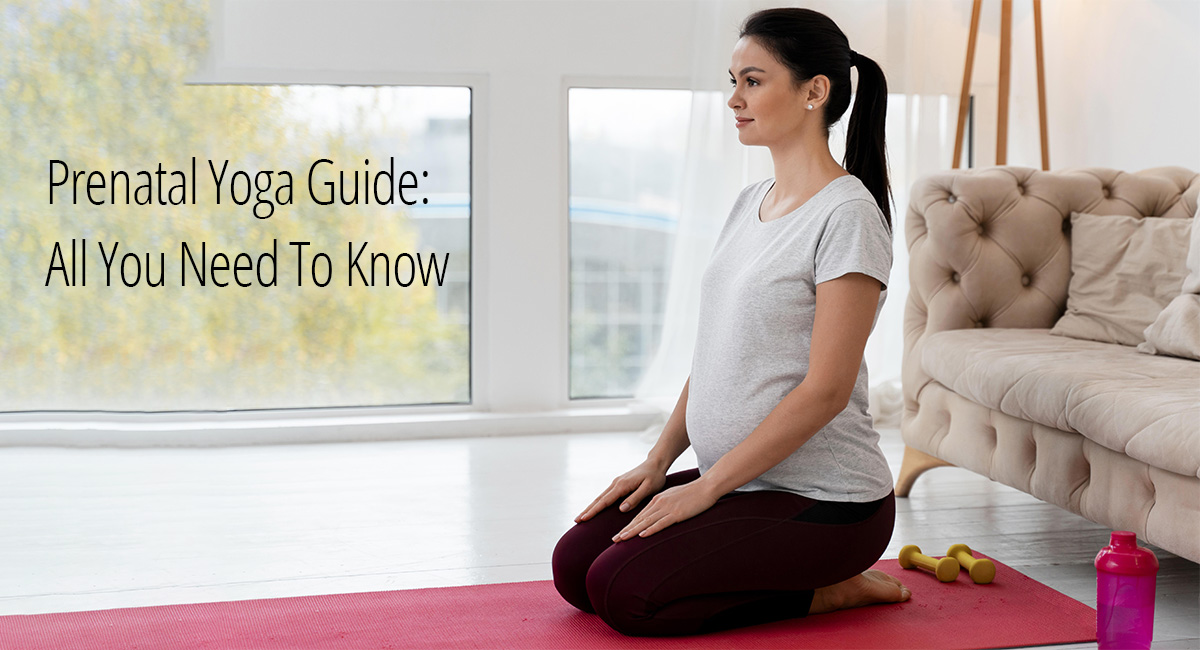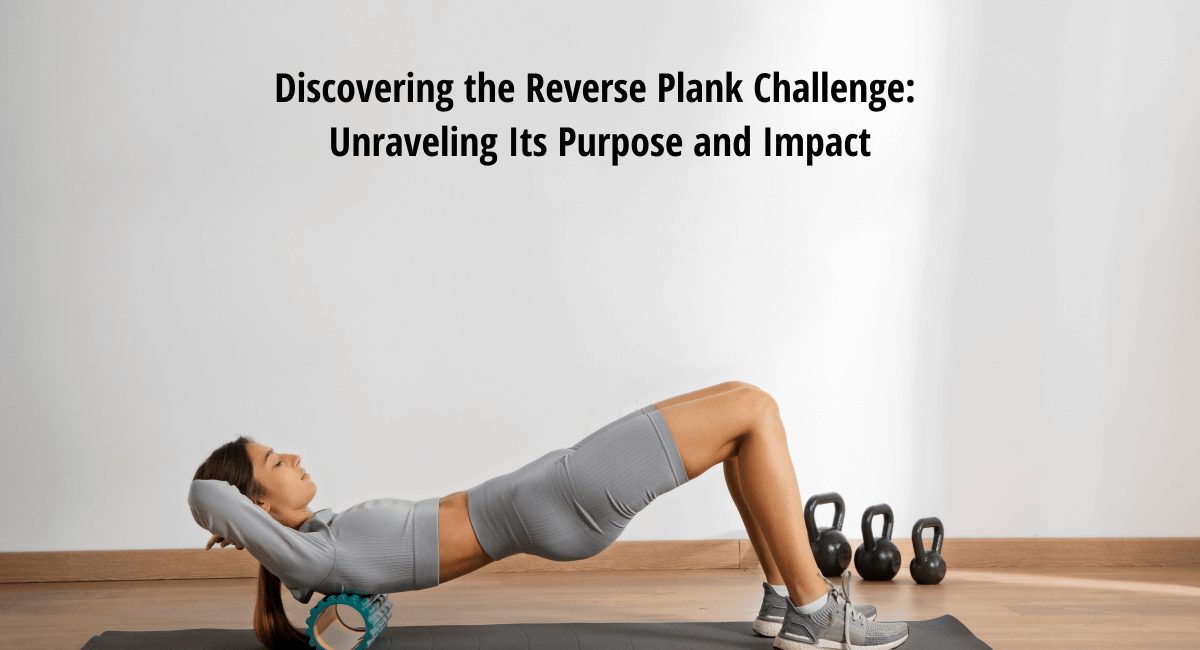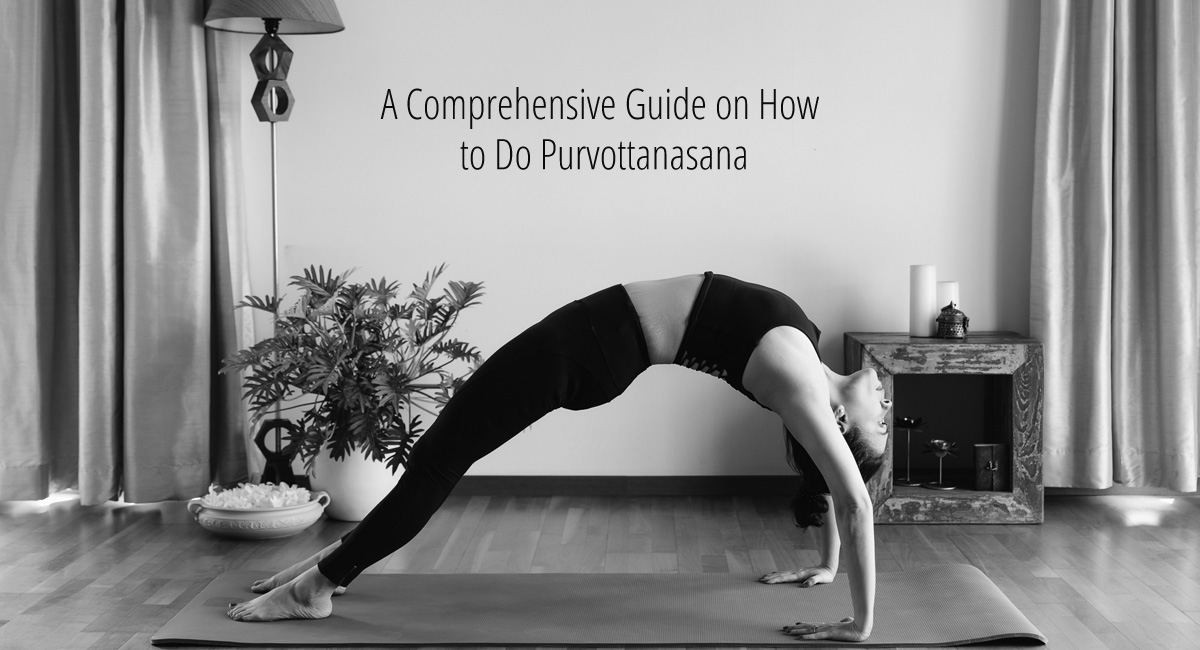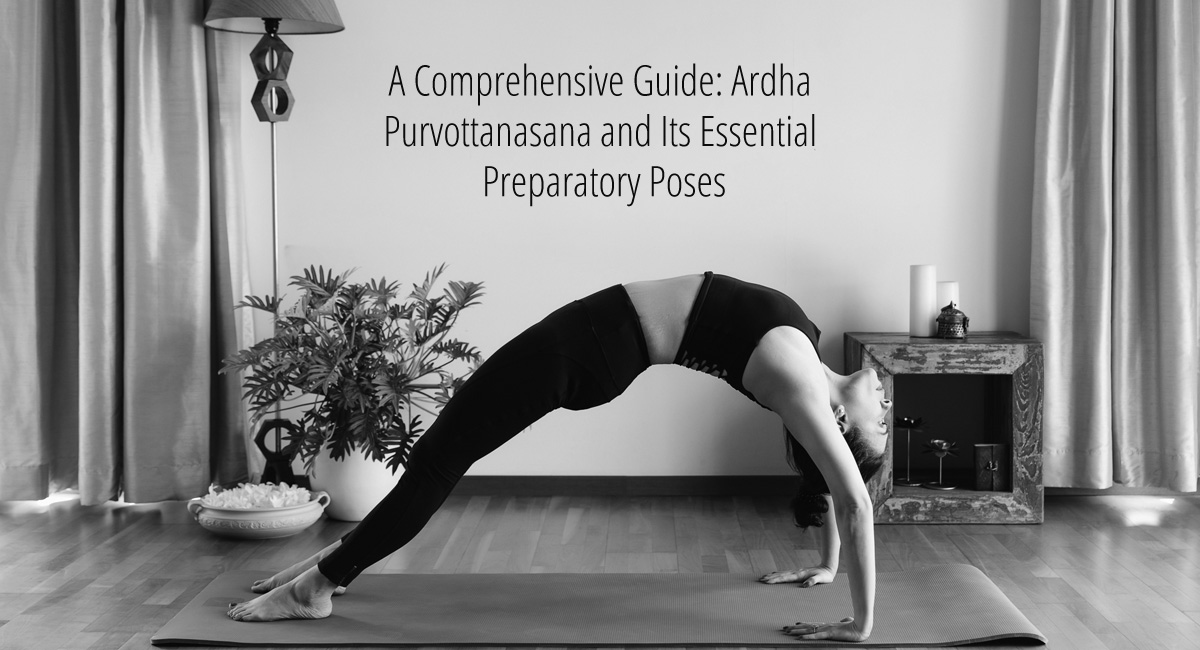
Prenatal Yoga Guide: All You Need To Know
Table of Contents
Pregnancy is one of the most beautiful experiences of a woman’s life. But this wonderful experience can be made even more comfortable for the expecting mother through the practice of some breathing techniques, mild stretches and exercises. These techniques help the mother in adjusting to the physiological changes in her body and relieve her from stress and fatigue. Preparing for childbirth is a pragmatic way to ensure a more agreeable experience and one good way to do that is by practising “Prenatal Yoga”.
Prenatal Yoga is a good way to keep the mind and body active during the different stages of pregnancy. This form of yoga involves breathing techniques, meditation and certain Asanas (Postures) that will aid with flexibility and ensure a more comfortable experience as the baby grows inside the body.
What is Prenatal Yoga?
The easiest way to define Prenatal Yoga is that it involves techniques that have been specifically designed for pregnant women. These techniques have been tried and tested to show a multitude of benefits for pregnant women who regularly practice Prenatal Yoga. It should be noted that Prenatal Yoga should be practised under the supervision or guidance of an experienced professional.
How is Prenatal Yoga Different from Regular Yoga?
Yoga as a discipline is vast and encompasses an entire lifestyle. The Regular Yoga most people are aware of is only a small excerpt from this doctrine. Within the contemporary understanding of “Regular Yoga” resides a section that has been specifically designed for pregnant women known as Prenatal Yoga.
Prenatal Yoga does not involve such an extensive and diverse yoga routine and hence is a class that is only attended by pregnant women. It is a relatively milder practice in terms of intensity and helps the mother achieve a sense of peace during the strenuous pregnancy phase.
Benefits of Prenatal Yoga?
Yoga comes from the Sanskrit word ”Jog” meaning union. The union of the body and the mind along with the entirety of existence defines Yoga. The practice of this discipline allows us to slowly gain control over our body and our mind which transcends into peace and tranquillity.
Prenatal Yoga focuses on breathing, body flexibility, endurance and body strength. During pregnancy, women tend to experience a lot of physical discomfort in the form of body pain, joint aches, headaches and nausea. These physical symptoms get coupled with mental stress and anxiety towards their changing bodies. Prenatal Yoga helps pregnant mothers to take control of their minds through meditation and breathing exercises and focus on increasing their endurance towards these physical discomforts.
Here are some of the distinguished benefits of Prenatal Yoga:
- Improves Sleep
- Reduces Stress and Anxiety
- Prenatal Yoga helps with increasing body flexibility and muscle endurance which are much needed during childbirth
- Helps deal with lower back pains, breathing problems, joint pains, headaches and nausea.
- Aids in weight management.
- Enhances the connection between the mother and the baby.
- Ensures a more comfortable experience for the woman and her family members.
- Prenatal Yoga helps a lot with preparing the body for the post-pregnancy phase.
Prenatal Yoga Poses
During pregnancy, it is quintessential for a mother to maintain a certain level of fitness whilst prioritizing rest as well. Prenatal Yoga is a great way to maintain an active body as well as relax the body and mind by strengthening the muscles and improving circulation within the body.
1st Trimester Poses
The first trimester is relatively the simplest, where the body is still able to maintain normal physical activity. It is very important to work on muscle building and body strength during this phase so as to prepare the body for the next two phases. During the course of this prenatal yoga routine, it is crucial that the mother pays attention to her body. This is a very organic approach to understanding the changing body and figuring out comfort levels.
Janu Sirsasana
This Asana is a forward bending asana that strengthens the lower back muscles and stretches the hips and thigh regions. It is a simple and extremely relaxing pose that improves circulation and digestion in the body. Make sure to hold the stretches for at least 0 seconds to a minute in order to generate the right effect.
Marjaryasana to Bitilasana
Also known as the Cat-Cow Pose, this asana is a transitional switch between two asanas. The entire exercise involves the transition from the cat pose to the cow pose which involves a gentle backbend, thus relieving tension and improving spinal mobility. This asana also promotes circulation within the body and stretches out certain specific regions like the neck, torso and shoulder regions.
Upavistha Konasana
This pose involves a forwards bend with the legs stretching in opposite directions (like a split). This is an excellent pose to stretch out the pelvis and increase flexibility in the back and hip regions. This stretch is a very important stretch as it prepares the body to handle the discomforts of labour and childbirth.
Bhujangasana
The Bhujangasana or also known as the cobra pose requires the mother to lay on her stomach and push her torso up with the help of her hands. The body from the waist below must be touching the ground. This intense stretch encapsulates the entire spinal region and involves constant breathing which improves blood circulation through better oxygenation of the body.
2nd Trimester Poses
The second trimester usually tends to get better as the morning sickness reduces and the body gets used to the growing baby. The mother’s body begins to secrete higher levels of Relaxin, a hormone that relaxes the muscle tendons and ligaments as it prepares the body for childbirth. Mentioned below are some of the poses that can be practised during this phase of pregnancy.
Balasana
This particular asana is also known as the child’s pose and is very helpful to stretch the lower back, hips and thigh muscles. It involves the mother sitting on her knees and slowly bending forward while extending her hands to stretch the entire back and hip regions.
Trikonasana
The trikonasana or the triangle pose is a side bending pose that stretches the thigh muscles and improves body balance during the pregnancy period. This is a fairly easy asana that helps the mother maintain body weight whilst working on flexibility and agility.
Uttanasana
This is a simple forward bending asana that improves body flexibility and involves breath control to increase oxygenation within the body.
3rd Trimester Poses
The third and final trimester is the final and most invigorating phase of pregnancy. The baby has nearly grown to its full size and the mother’s womb has expanded significantly. Resting is of utmost importance along with some mediation and guided prenatal yoga that will keep the body healthy and prepared for childbirth.
Virabhadrasana II
This asana is also known as the Warrior II pose and it focuses on body endurance and strength. The asana involves aside posture with one leg staying in place and the other moving ahead and bending the knee so as to stretch the glutes, hips and thigh muscles. Holding the side posture activates the muscles in the mid-back and also relieves neck and shoulder tension.
Utkata Konasana
The Utkata Konasana or the Goddess Pose is a fantastic exercise for the third trimester. This asana involves a kind of a squat where the legs of the mother are set far apart and the feet are facing outwards. The squat position held is extremely relaxing for the hips and the pelvic region which also strengthens the legs and thigh region of the body. This pose is a very pragmatic approach to childbirth and has many positive impacts on the body.
Malasana
This is the Garland pose which is basically very similar to the Goddess Pose that was previously discussed. The Malasana is a deep squat that strengthens the lower body and improves both breathing and digestion. The posture of this asana is very similar to the Goddess Pose except that in this asana the mother lifts the body on her toes as the feet are angled slightly outward.
Sukhasana
This is a comfortable seated position that is very commonly practised during meditation. The objective is to focus on breathing and make sure that the back is straight. This not only stretches the back muscles but also expands the hips region. The Sukhasana is great to attain a certain degree of tranquillity during the final phase of pregnancy.
The above-mentioned Asanas have shown to be extremely beneficial for pregnant women as they help relax the body and mind and induce substantial tranquillity in a mother’s life. Along with these asanas, it is highly recommended to incorporate Pranayama within every trimester. Pranayama involves certain breathing exercises that help oxygenate the body and relax the mind.
Best Prenatal Yoga Videos
Finding the appropriate prenatal yoga video is crucial. It is very important to read about the discipline before going ahead into the practicality of it. This way you can find your comfort zone and reap the benefits from the yoga class. The world of youtube contains a myriad of yoga videos and hence it is important to find legitimate guidance.
Some of the popular prenatal yoga videos from 2021 have been shared below.
Prenatal Yoga Poses to Avoid
Prenatal Yoga has been designed in such a way that it caters to the plight of pregnant women and enables them to reduce their discomfort during pregnancy. The Yoga practise within this regime is very relaxing and mild. This is so that the practice of this regiment does not become stressful for the mother in any way.
There are certain poses that should be avoided during pregnancy so as to take precautions against injury. Some of the poses to avoid are:
- Intense backbends such as the Tiriang Mukhottanasana and the Anuvittasana
- Inverted poses that put more pressure on the core region of the body. Some common asanas to avoid in this case are the Adho Mukha Svanasana (also known as the downward-facing dog pose), the Chakrasana and the Halasana.
- Avoid practising intense Kapalabhati (which is a part of the pranayama exercises)
- Jumping or hopping
- Hot Yoga
Precautions for Pregnant Women while doing Yoga
Pregnancy is a delicate time and hence a certain level of precaution needs to be taken when it comes to any sort of physical exercise.
- The most important precaution involves the selection of a credible Yoga coach who not only understands yoga but also the impact of pregnancy on a woman’s body. Usually, prenatal yoga classes are taken by women and are attended only by pregnant women.
- It is very important to be aware of the body and how it is responding to the yoga exercises. Any sort of stress or discomfort from the exercises means that you should stop immediately and as a precautionary measure, call your doctor.
- During the 2nd and 3rd trimesters avoid practising asanas that are abdomen centric.
- The 3rd trimester is the most stressful phase of pregnancy and hence it is of utmost importance that the body gets as much rest as possible. In times like this, it is prescribed that asanas should not be held for long so as to avoid fatigue.
- The 3rd trimester should involve more pranayama and meditation rather than asanas.
- Avoid asanas completely in the last couple of weeks of pregnancy.
Best time of the day to practice Prenatal Yoga
The entire premise of Yoga is based on a dualistic philosophical ideology of Prakriti (matter) and Purush (man). The entire existence of reality lies within the union of both. Hence the yogic practices involve ways to acquire energy from the surroundings and what better source than the sun. Even though the early pregnancy stages involve a great deal of morning sickness, it is highly recommended to practice yoga in the morning so that the body can absorb the sunlight which replenishes the body and the mind. The Early rays of the sun have proven to be extremely beneficial to improve immunity and body endurance. But an early or late morning routine wouldn’t make much of a difference as long as the body gets its fare share of sunlight. Again in this case it must be noted that extremely humid or hot conditions may add to the discomfort and so in such cases an early morning or early evening session would prove to be more beneficial.
Best Prenatal Yoga App:
A good prenatal yoga app should include asanas as well as some amount of knowledge so as to prepare the mother mentally and physically for childbirth. Even though such forms of yoga have very recently gained the eye of the general public, it is very important for the app to educate its audience. Some of the best available applications for prenatal yoga have been listed below:
- Jennis
- Oh Baby!
- Baby2Body
- Prenatal Workout
- Yoggy Healthy Prenatal Yoga
- MamaBeing Fit
- SWEAT
- Barrecore
Each of these apps is available on iTunes and Google Play. The applications are extremely westernized with very little explanation of the philosophical background of Prenatal Yoga. The applications have a diverse bank of asanas which have been well guided through the regular upload of videos and talks with experts. These applications can prove to be beneficial for those who do not have access to a teacher or a yoga class within their proximity.
Best Prenatal Yoga Books
Similar to the apps, prenatal yoga books should be relatively descriptive with many pictures that clearly explain how to do the asanas. Along with a description of the asanas, the book should provide a certain amount of literature on the topic so as to educate the readers about what they may experience through the practice of yoga. Some of the most popular prenatal yoga books have been mentioned below. It is important to understand that every person has a different temperament and hence yoga books may appeal to different people differently.
- “Yoga for Pregnancy, birth and beyond” by Francoise Barbira Freedman
- “Bountiful, Beautiful, Blissful: Experience The Natural Power Of Pregnancy And Birth With Kundalini Yoga And Meditation” by Gurmukh Kaur Khalsa
- “Iyengar Yoga For Motherhood: Safe Practice For Expectant And New Mothers” by Geeta S. Iyengar, Rita Keller, and Kerstin Khattab
- “Yoga For Pregnancy: Poses, Meditations, And Inspiration For Expectant And New Mothers” by Leslie Lekos and Megan Westgate
- “Yoga Mama: The Practitioner’s Guide to Prenatal Yoga” by Linda Sparrowe
- “Yoga: A gem of a Woman” by Geeta Iyengar
Prenatal Yoga: Related FAQs
Since the pregnancy phase is such a delicate time, there are usually many questions that arise especially whilst incorporating prenatal yoga as a stress buster and endurance builder during pregnancy.
Q1. Does Prenatal Yoga help with labour?
The breathing exercise practice in Prenatal Yoga is extremely helpful when it comes to shortness of breath and dealing with contractions during labour. The asanas help prepare the body for labour as they indulge the spine and hip region, making them stronger and ready for labour.
Q2. Does Prenatal Yoga help you lose weight?
Prenatal Yoga is a pragmatic approach to keep the body fit and keep a check on the weight. There are many breathing exercises within this discipline that help reduce body weight and induce relaxation of the mind and the body.
Q3. How often should I practice Prenatal Yoga?
Prenatal Yoga must be a daily regimen at least when it comes to breathing exercises and meditation. The asanas may not be practised every day as the most important objective is to give the body rest. Within a particular day, the breathing exercises can be practised twice but the asanas should not be overdone under any circumstances.
Q4. When should I start Prenatal Yoga?
Within the first couple of weeks of the first trimester, it is recommended to start building body endurance and flexibility through Prenatal Yoga. Remember to consult your doctor before starting yoga practice or classes.
Q5. Is Prenatal Yoga safe?
Prenatal Yoga is a tried and tested discipline which has shown remarkable results with pregnant women from all over the world. Prenatal yoga is safe but it must be practised moderately. Overexertion may result in fatigue and enhance the discomforts of pregnancy.
Q6. When should I join Prenatal Yoga classes?
It is recommended that you consult your gynaecologist before starting a prenatal yoga class. Usually, you can begin the class within a couple of weeks of your first trimester.
Q7. Is Prenatal Yoga enough exercise?
Prenatal yoga has asanas that help develop body flexibility and endurance through a regimen of breathing exercises and asanas. This regimen is more than enough exercise for a pregnant woman regardless of the trimester.
Q8. Can yoga cause miscarriages?
Yoga cannot cause a miscarriage. But practising yoga under the stress of a miscarriage would be an equally banal activity to endure. Yoga helps build endurance and flexibility and hence is very helpful during pregnancy. Overexertion should be avoided so that the body is not fatigued but apart from that Yoga is a safe pragmatic approach to prepare the body for childbirth.
How do I choose a Prenatal Yoga class?
The most logical way to go about this is by conducting a certain amount of self-study before indulging in the activity. After you have studied about prenatal yoga and its benefits you can consult your gynaecologist and find some more information on the discipline. Once the Doctor gives the green signal you can go ahead and look for a yoga class within your proximity.
When choosing a yoga class it is important to attend a couple of sessions before you make your decision. Visit some studios within the vicinity and make sure you are comfortable with the space and the teacher. Since you have done some study yourself, you will be in a position to judge the credibility of the teacher to some extent. In this way, you will be able to find the right prenatal yoga class that caters to your interests and comfort levels.
The article very vividly defines prenatal yoga and goes on to describe the asanas that will help prepare the body for childbirth. The article manages to clear most of the doubts and queries regarding prenatal yoga and provides a succinct analogy of precautions that need to be taken whilst practising this form of yoga.

I am a Pune based artist, Kathak dancer, Dance Movement Therapist, and an avid Yoga practitioner/ teacher. I am also the Director at the Sakal Media Group, a Trustee of Pune Blind School and Nirdhar Trust.
Being a part of Sakal Media Group, with its strong foundation of service and ethical journalism, I am deeply committed in making this world a better place by pushing boundaries, giving opportunities to others, following my convictions, helping others make better choices and to tell powerful stories that will help reshape the world we live in.





